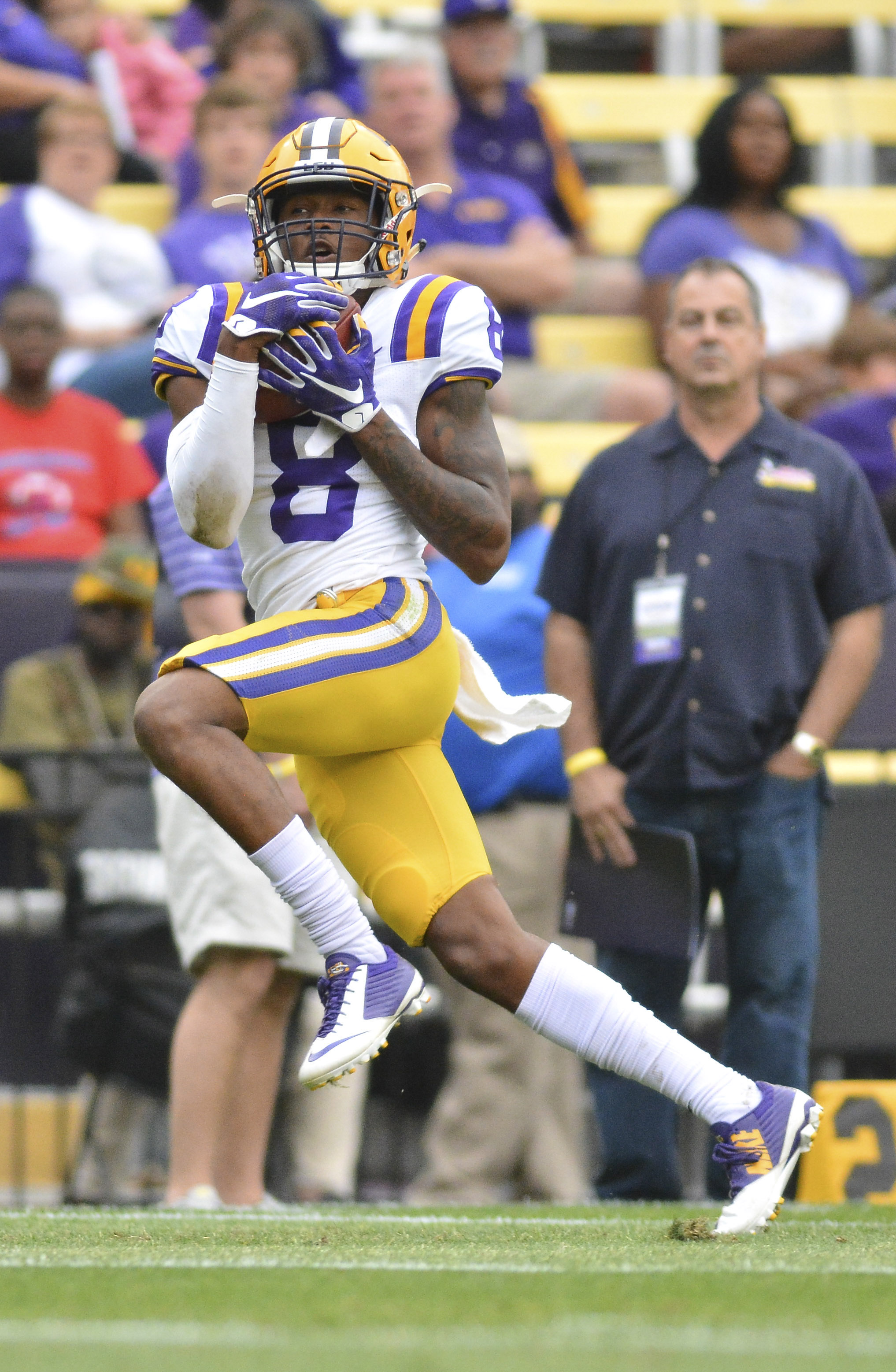
Why SEC teams — and fans — shouldn’t worry about satellite camps
By Chris Wright
Published:
So what?
That was my reaction to the much-debated satellite ban being lifted, the one some fear will enable the Big (Bad) Ten to grab who it wants now that it’s able to get in front of the South’s best prospects.
The problem with that is: The Big Ten and others already had that ability to be seen and heard … and it didn’t seem to matter much, did it.
RELATED: Satellite camps winners and losers
There are few secret discoveries in recruiting and almost none regarding the best three-, four- and five-star players in the country.
Likewise, those prospects know which teams are winning. More important, they know which teams are sending the most players to the NFL.
The SEC has won eight of the past 10 national championships. It has sent more players to the NFL draft for each of the past 10 years.
High school prospects know this. Their friends and families in southern states certainly know this.
Saivion Smith, a four-star cornerback from Florida, could have gone anywhere. He chose LSU. Why?
When another school claim to be DBU … pic.twitter.com/bx0GSTrmh9
— Saivion Smith (@Saivion_1k) May 5, 2016
That’s why. He knows where NFL defensive backs are groomed.
Jim Harbaugh could have flown down Charles Woodson and his Heisman and held a private camp with Smith in south St. Petersburg and the guess is his reaction would have been:
Great. Who else you got?
It’s a numbers game, and the SEC leads the way.
In the 2016 signing class, the state of Florida produced 47 players who received a four- or five-star ranking.
One chose Michigan. One chose USC. One chose Notre Dame. One chose Pitt. Of the four who chose Ohio State, one had a brother there and another moved from Ohio to play at IMG Academy in Bradenton, Fla.
Thirty-nine of Florida’s best high school players signed with southern schools.
In 2015, the Big Ten signed just three of the state’s 50 four- and five-star prospects.
It’s an even bigger curb stomp in Georgia, where none of the state’s top 44 players in 2016 signed with a Big Ten school and just one of the top 46 did from 2015.
Florida and Georgia are the two hotbeds for SEC and ACC recruiting.
That’s not going to change, no matter how many camps outsiders set up in Atlanta and Orlando.
The satellite camps won’t suddenly and dramatically alter where the best players go.
The impact will be felt with the two- and lower rated three-star prospects, some of whom develop into NFL players, but most of whom add roster depth.
Those types of players might think twice about sitting behind a higher-rated prospect at Georgia and instead sign with a Maryland or Rutgers or Purdue or another program they previously ignored.
But they also might sign with Missouri or Kentucky.
Recruits in Florida and Georgia and Louisiana and Alabama and Mississippi know they play football in other parts of the country.
But the numbers don’t lie, and in this case, they don’t even deceive. There are more good football prospects in the South and more good teams in the SEC because of it.
That relationship, history, bond is far too entrenched to be threatened by a weekend visitor.
Chris Wright is Senior Editor at SaturdayDownSouth.com. Contact him at cwright@saturdaydownsouth.com.
Managing Editor
A 30-time APSE award-winning editor with previous stints at the Miami Herald, The Indianapolis Star and News & Observer, Executive Editor Chris Wright oversees editorial operations for Saturday Down South.







